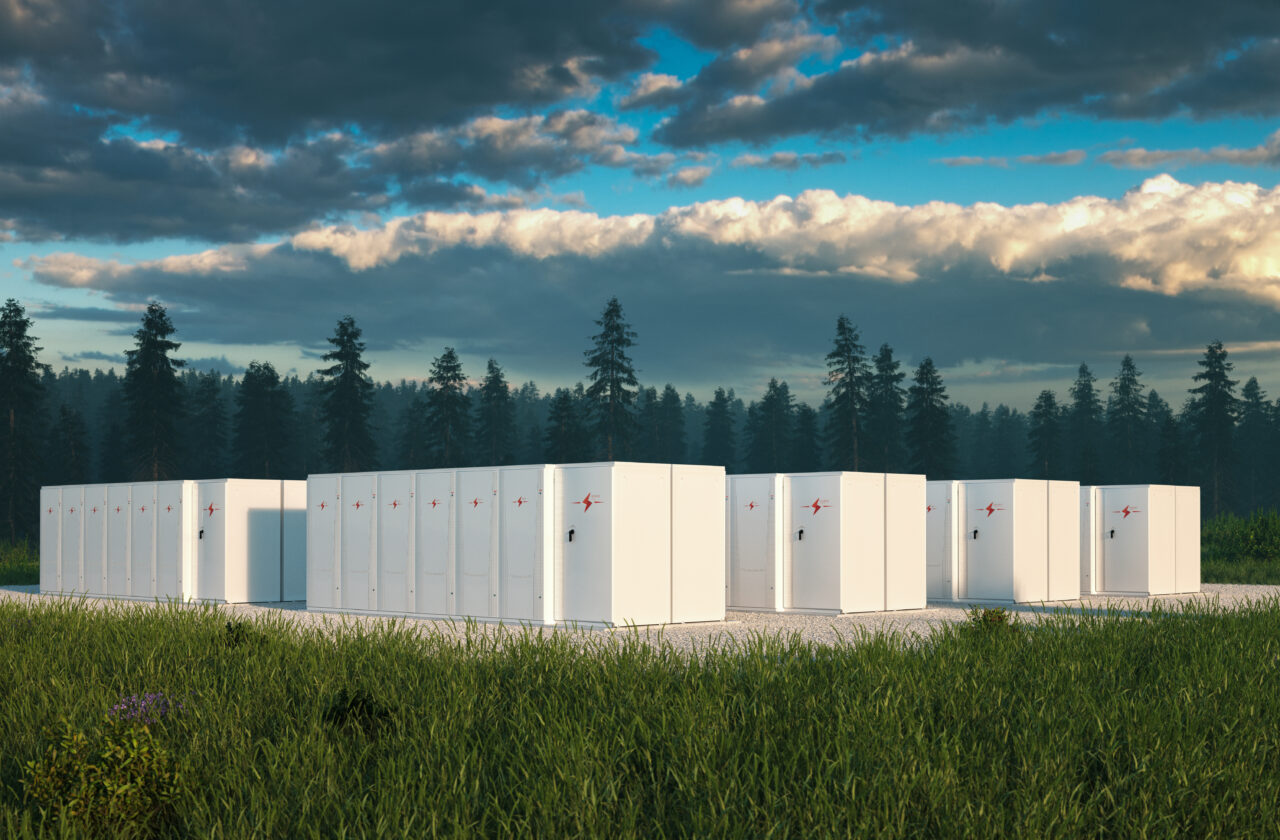Why is grid-forming important right now?
Electrical systems are transitioning towards renewable energy sources, where traditional synchronous generators are being replaced by inverter-based solutions. Grid-forming technology enables these inverters to function as active voltage sources, enhancing grid stability and reliability. Grid-forming features are particularly beneficial for transmission and distribution system operators as they:
- Reduce grid sensitivity to disturbances, as grid-forming battery storage can provide autonomous frequency and voltage support.
- Enable better integration of renewable energy production by improving dynamic grid stability and reducing the need for traditional voltage and frequency control resources.
In Finland, Fingrid has clarified its grid forming definition and set supporting requirements for electrical storage (SJV2024). These requirements already apply to Type D battery storage, ensuring that large electrical storage connections are implemented efficiently and reliably. Similar requirements are expected to be adopted across Europe in the coming years, as various European Transmission System Operators (TSOs) and regulatory bodies are working on defining and specifying grid-forming capabilities.
SJV2024 grid-forming features for electrical storage
1. General requirements
- Continuous operation: Grid-forming control features must be operational whenever the electrical storage is connected to the grid, regardless of grid conditions or disturbances.
- Independence from conditions: Operation must continue in all power and reactive power control modes, regardless of the state of charge.
- Coordinated control: Controls must work in harmony with other controls without harmful interactions.
2. Functional requirements
- Autonomous support: Electrical storage must provide rapid frequency and voltage support, resisting voltage changes and strengthening the local grid.
- Islanding capability: Electrical storage must be able to transition smoothly to island mode and back to the grid without interruptions.
- Stability: The response must dampen grid oscillations and maintain voltage symmetry.
Ensuring connection reliability through simulation
Simulation plays a crucial role in verifying that electrical storage systems meet the necessary requirements before they are connected to the grid. These stringent requirements have led to a significant increase in the need for thorough simulation.
Grid-forming features are relatively new to everyone, and at Ampner, we are accustomed to evolving grid requirements and offer our expertise for the benefit of both connectors and utility companies. In-depth knowledge of requirements allows for optimization of design at an early stage, ensuring project timelines are met and efficient grid management.





